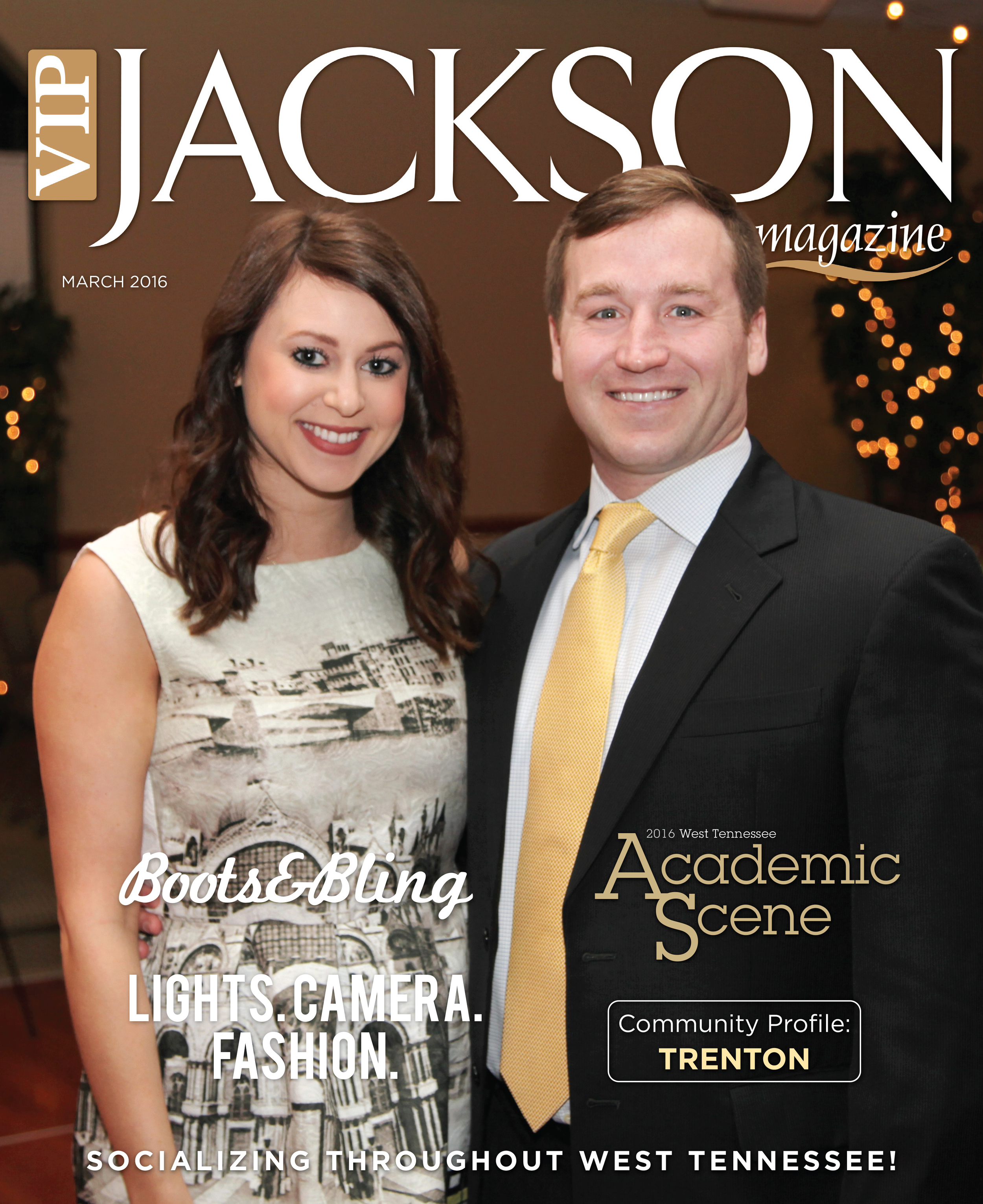The Good Life: Plantations on The River Road
/Houmas House Plantation & Gardens
Story by Lyda Kay Ferree, The Southern Lifestyles Lady. Photography courtesy of Visit Baton Rouge.
Although other states have their own River Roads, perhaps none is more evocative or famous than Louisiana’s. Here, the very name inspires a vision of white pillared houses standing amid lush gardens and trees dripping with Spanish moss. Louisiana’s fabled Great Mississippi River Road consists of a corridor approximately 70 miles in length located on each side of the river between Baton Rouge and New Orleans. The area includes the river, levees, and adjacent lands and cultural resources. Among the latter is the state’s most famous and recognizable group of monumental plantation houses, most built by wealthy sugar planters in the Greek Revival style.
The grand homes described by these observers were built by immensely wealthy sugar planters during the 30 years prior to the Civil War. They epitomize the conspicuous consumption lifestyle characteristic of the so-called Gold Coast during that period and were at the absolute apex of the Greek Revival style in Louisiana. They may be briefly characterized as two-story mansions with broad double galleries and monumental columns or pillars that rise to the roofline in one continuous shaft.
The Greek Revival style dominates, but visitors to the River Road may see plantation houses in other styles as well. For example, a limited number of Creole houses survive. Also featuring columned galleries, these pre-antebellum homes are a relic of French colonial Louisiana. The entire River Road was once Creole, but one by one these early buildings were either modified or replaced. And while it never even began to challenge the Greek Revival in popularity, the Italianate style is also represented among the region’s majestic plantation homes.
A few major houses were lost in the 19th century, but the River Road remained largely intact until the 1920s. During that decade Mosiac disease severely depressed the Louisiana sugar industry with the result that great house after great house was abandoned and fell into ruin. Also in the 20th century, dredging the river bottom for ocean-going vessels ushered in an era of industrial development that changed the character of many parts of the River Road. More importantly, due to the encroachments of the Mississippi, Federal action, owner disinterest, fragmented ownership, demolition by industry, and a weak economy, historic properties were lost, sometimes by the score.
The region’s revival began with the restoration of Oak Alley in the 1920s. The River Road was a beehive of activity in the 1940s with such landmarks as Houmas House, Ormond, Bocage and Evergreen being restored. Much has been said about the impact of industry along the River Road, but there have been cases in which industry and preservationists have cooperated with spectacular results. Chief among these is the restoration of the San Francisco Plantation House, which was accomplished with the financial assistance of the Marathon Oil Company.
Today’s River Road is a study in contrasts with broad cane fields, antebellum mansions, petrochemical plants and suburban strip developments, all jumbled together in a chaotic mixture. Nevertheless, much of the past remains to be enjoyed.
“Like damsels gliding through a glittering ball,
Louisiana’s antebellum homes cast a hypnotic allure.”
My Journey Down The River Road
It had been over a decade since I had traveled on The River Road. I recall touring only two plantations—Oak Alley and Nottoway. So it was with great anticipation that I began my recent journey down The River Road.
The Whitney Plantation
The Whitney Plantation
On a hot summer day I visited the Whitney Plantation, located on the west bank of the Mississippi. Upon arrival, I was given a small card hanging from a lanyard that went around my neck. “Henrietta Butler” is written on the back of the card, which tells me that she was an 80-year-old born into slavery. She worked for the wife of the owner of the mansion on the plantation. Everyone who visits the Whitney Plantation receives a similar card. Each bears the story of a different slave, derived from interviews with more than 2,300 former slaves conducted by the Federal Writers’ Project in the 1930s.
Visitors learn about the grueling life of the 350 African slaves at Whitney, a sugar cane plantation originally known as Habitation Haydel.
Whitney Plantation is not like any of the other plantations along the River Road.
At most properties the visitor experience includes a guided exploration of the plantation home and grounds led by a tour guide in period attire.
In 2014, at the age of 77, John Cummings, a New Orleans native, took it upon himself to open the Whitney Plantation to tell the plantation story in a different way. The Museum, which was 15 years in the making, is one of the only historic sites in the country focused solely on the slave experience.
From the outset, our guide, Al Johnson, made it clear to my group, which included all ages and races, that the goal is to inform and educate, not to shame or romanticize.
Contrary to precedent, the tour doesn’t begin in the massive “Big House,” where the land owners lived. (It is one of the finest surviving examples of Spanish Creole architecture and one of the earliest raised Creole cottages in Louisiana.) Instead we began our tour in the tiny freed-slave-built Antioch Baptist Church, a cool spot to escape the searing heat of a Louisiana summer’s day, but also the kind of place where slaves would have found sanctuary and a few moments of rest and peace.
Many of the outbuildings that now sit on the living history museum’s grounds, including most of the slave cabins, have been imported from nearby plantations.
Though some acquisitions have been donated, Cummings has personally invested millions here. Art he has commissioned includes 40 life-size casts of slave children who stand and sit in and among the pews of the church, and a massive bronze angel erected in the garden to memorialize the 2,200 children who died on the plantation and across St. John the Baptist Parish before slavery was abolished in the United States.
The tour included an open-air monument honoring the 107,000 people who were held in bondage in Louisiana and a tiny outdoor kitchen (the oldest in the state). At the end of the tour we visited the 14-room Creole mansion with its fine china, elaborate drawing rooms and frescoed ceiling.
As a writer in “National Geographic Travel” said, “You will leave the Whitney Plantation informed and affected.”
The Whitney Plantation
5099 LA-18, Wallace, LA 70049
(225) 265-3300
www.whitneyplantation.com
The plantation homes described in this article dance on the river’s edge and preen in the slow motion waters of the bayous still delighting visitors who come calling in a steady stream.
Riding the crest of unparalleled wealth, roughly two-thirds of America’s known millionaires lived along the winding stretch of the great Mississippi River Road during the boom years of cotton and sugar cane. The planter’s main extravagance was his home, as each gambled on building the biggest and the best.
Oak Alley Plantation
Oak Alley Plantation: A National Historic Landmark
The story of this National Historic Landmark begins with the trees. In the early 1700s an unknown settler planted twenty-eight evenly spaced oak trees in two rows leading from his humble cottage toward the mighty Mississippi River. In 1839 Jacque Telesphore Roman, a wealthy Creole sugar cane planter, tried to entice his young socialite bride from the allure of New Orleans’ city life to the plantation by building this spectacular mansion. The opulence of her home has been authentically restored to its original grandeur.
Some scenes in the film “Hush, Hush Sweet Charlotte” starring Bette Davis were shot on the property.
You may take a professionally guided tour of the Big House, which I recommend; explore 25 historic acres using an interpretive map (self guided); see newly planted pecan trees commemorating Antoine, an enslaved gardener who grafted the first paper shell pecan; visit the blacksmith shop; stroll the magnificent alley of 300-year-old live oak trees; dine on Cajun/Creole cuisine in the restaurant (For lunch I ordered red beans and rice and bread pudding with rum and raspberry sauce.); enjoy a quick snack or ice cream in the Plantation Cafe or savor a Mint Julep; visit the Gift Shop filled with Creole and Cajun goodies like my favorite “Mardi Gras Dip”; and stay overnight in a cottage on the grounds.
Oak Alley Plantation
364 LA-18, Vacherie, LA 70090
(225) 265-2151
www.oakalleyplantation.com
Laura: A Creole Plantation
Laura: A Creole Plantation
At Laura you will enter the fascinating world of the Creoles who at this historic site lived apart from the American mainstream for over 200 years. At this plantation you will see the largest collection of family artifacts original to a Louisiana plantation including clothing, toiletries, business and slave records, Mardi Gras and mourning heirlooms.
You will explore the rigors of 200 years of daily life on this sugarcane plantation and marvel at the highly skilled workmanship of slave artisans and the ancient treasures of Creole America’s unique traditions and folklore.
You will visit Laura’s 160-year-old cabins where West African folktales of Compare Lapin, known in English as the legendary “Br’er Rabbit,” were recorded. At Laura there are 12 buildings on the National Register surrounded by fields of sugar cane, vegetable and fruit gardens and formal French parterre.
The guided tours in English and French, which start every 20 minutes, last approximately 70 minutes. The tour is based upon personal, compelling accounts found in the French Archives Nationales as well as upon Laura’s own “Memories of the Old Plantation Home.” Lonely Planet Travel describes this tour as the “best history tour in the USA!”
Laura: A Creole Plantation
2247 Hwy. 18, Vacherie, LA 70090
(225) 265-7690; 1-888-799-7690
www.lauraplantation.com
Nottoway Plantation & Resort
Nottoway Plantation & Resort: “The South’s Largest Antebellum Mansion”
A dramatic restoration has brought this stunning 1850s sugarcane plantation back to her days of grandeur and glory. Since my visit over a decade ago, hotel accommodations and a restaurant and gift shop have been added. (I seem to recall that the actress Delta Burke married at Nottoway years ago.) Now weddings and other social and corporate events are held at Nottoway on a frequent basis. Bed and breakfast-style historic bedrooms, charming cottages, a Carriage House, and hotel rooms and suites provide guests with a complete package. A ground breaking will occur in the fall for additional cottages, a second restaurant and a spa.
I was a guest in one of the cottages. On my bed was a little bag of raw sugar made from the stalks of sugar cane growing on the property of Nottoway Plantation with a tag attached that explains the sugar cane process.
When I toured Nottoway on this trip, I learned that guests may stay overnight in some of the rooms in the mansion. They are furnished with antique beds and authentic furniture and accessories and have private baths.
Completed in 1859, Nottoway’s spectacular 53,000-square-foot mansion was built by sugar cane magnate John Hampden Randolph for his wife and their 11 children. Known for its stunning architectural design, elaborate interiors and innovative features, this majestic “White Castle” captivates visitors from around the world.
There are audio (self-guided) and guided tours of the mansion. The guided tours are offered 7 days a week from 9am-4 pm. Self-guided audio tours may be taken from 8am-8pm.
Nottoway Plantation & Resort
31025 Hwy. 1, White Castle, LA 70788
(225) 545-2730; (866) 527-6884
www.nottoway.com
Houmas House Plantation & Gardens
Houmas House Plantation And Gardens: “The Sugar Palace” Crown Jewel of Louisiana’s River Road
It was love at first sight for me at Houmas House Plantation and Gardens, which is truly an unforgettable experience. Voted top tourist attraction in Louisiana in 2009, The Sugar Palace lives up to the title by boasting the most opulent gardens in the South, a completely restored Greek Revival mansion, several restaurants, and a newly constructed inn.
Houmas House tells the story of the wealthy Sugar Barons who built the plantation and developed the largest sugar producing business in the United States in its heyday.
Upon arrival, I was shuttled by a delightful young gentleman (the entire staff is so accommodating) on a golf cart to a charming cottage nestled along an alley of ancient oak trees where you may watch the sunset and enjoy the gentle breeze of the Mississippi River from the porch of the cottage. Junior suites and deluxe suites are also available. Luxurious and romantic, each room is decorated with old world furnishings and all of the amenities world class travelers expect today.
Even though I was exhausted from the heat and my week-long trip, I could not relax in my cottage as there is so much to see on the grounds. I couldn’t wait to tour the magnificent gardens with lush tropical plantings, ponds and fountains. There are 38 acres of courtyards, a centuries-old alley of oaks, a croquet lawn and scenic bridges. In the distance I saw a Monet bridge that leads up a winding path to the Japanese Pavilion atop a hill.
I spent considerable time in an attractive gift shop, where I saw too many things that interested me, from fleur-de-lys copper molds to a large collection of books. You must purchase the fascinating, gorgeous book about Houmas House entitled “Louisiana’s Sugar Palace: Houmas House Plantation and Gardens” by Jim Blanchard, who on a River Road day trip with his parents in June of 1973, was captivated by the architectural importance of rural south Louisiana’s homes and buildings.
When Kevin Kelly, the current owner, purchased Houmas in 2003, Jim’s architectural design knowledge and research were instrumental in accomplishing the restoration of the property, which continues to date.
As I wandered from the bookstore around the grounds, I met a charming trio of New Orleanians who told me they visit Houmas House at least once a month for drinks and dinner. (New Orleans is only 1 hour 15 minutes from Houmas House.) Then I discovered the cozy Turtle Bar in a former garconniere followed by a fabulous multi-course tasting in Latil’s Landing Restaurant. Latil’s is a member of Distinguished Restaurants in North America. A reviewer declared Latil’s “the best place to eat anywhere in the Plantation Country.”
The next morning I had the privilege of breaking bread with Kevin Kelly, the owner, in The Carriage House Restaurant, where we visited for two hours and I played the grand piano. My breakfast consisted of a breakfast parfait and a biscuit in the shape of a dragonfly (Kevin’s signature logo) served with a gorgeous orchid. Café Burnside and the Wine Cellars complete the culinary offerings.
My stay ended with a fascinating tour of the mansion, which is the result of an evolution of renovating that has taken place over a period of 240 years. Be sure to see the Bette Davis bedroom. Much of the filming of Hush, Hush Sweet Charlotte took place at Houmas House.
I can’t wait for a return visit!
Houmas House Plantation and Gardens
40136 Hwy. 942, Darrow, LA 70725
(225) 473-9380
www.houmashouse.com





















































